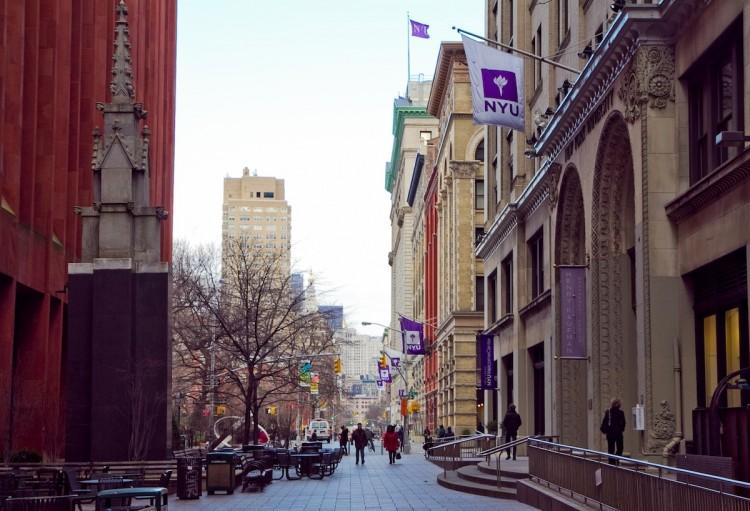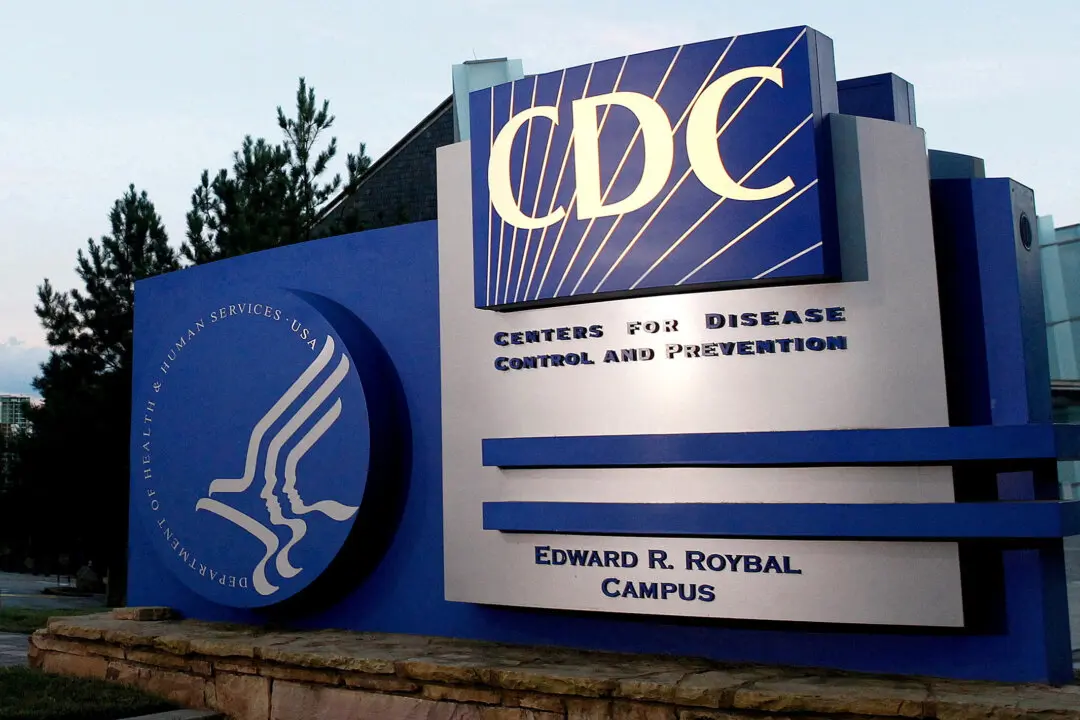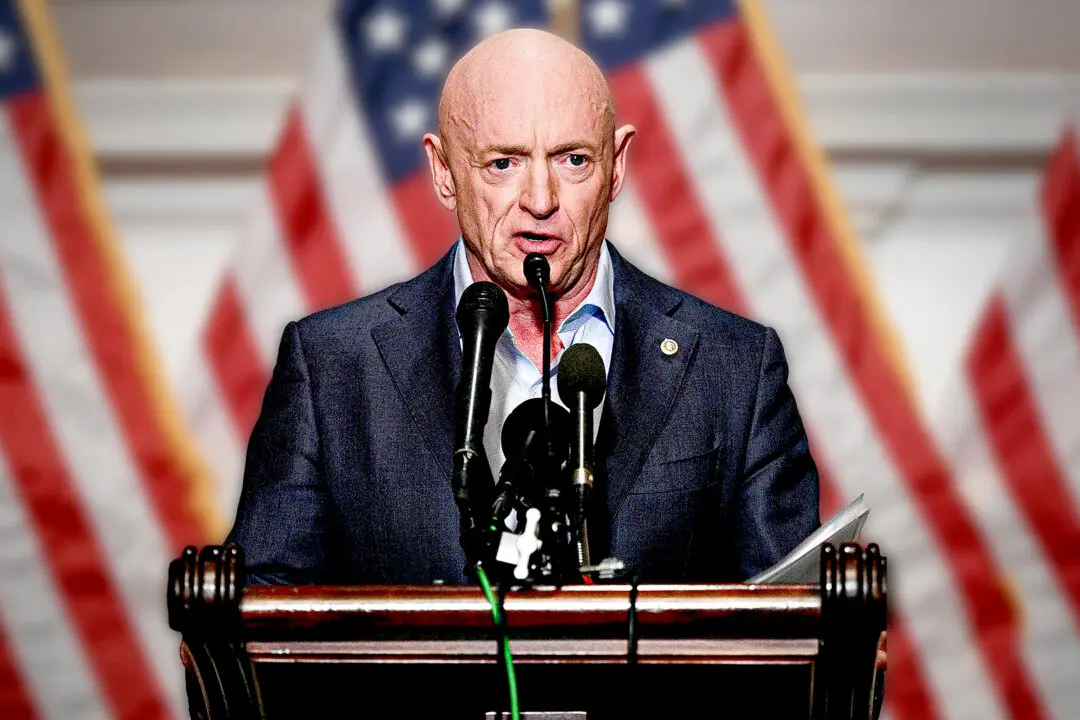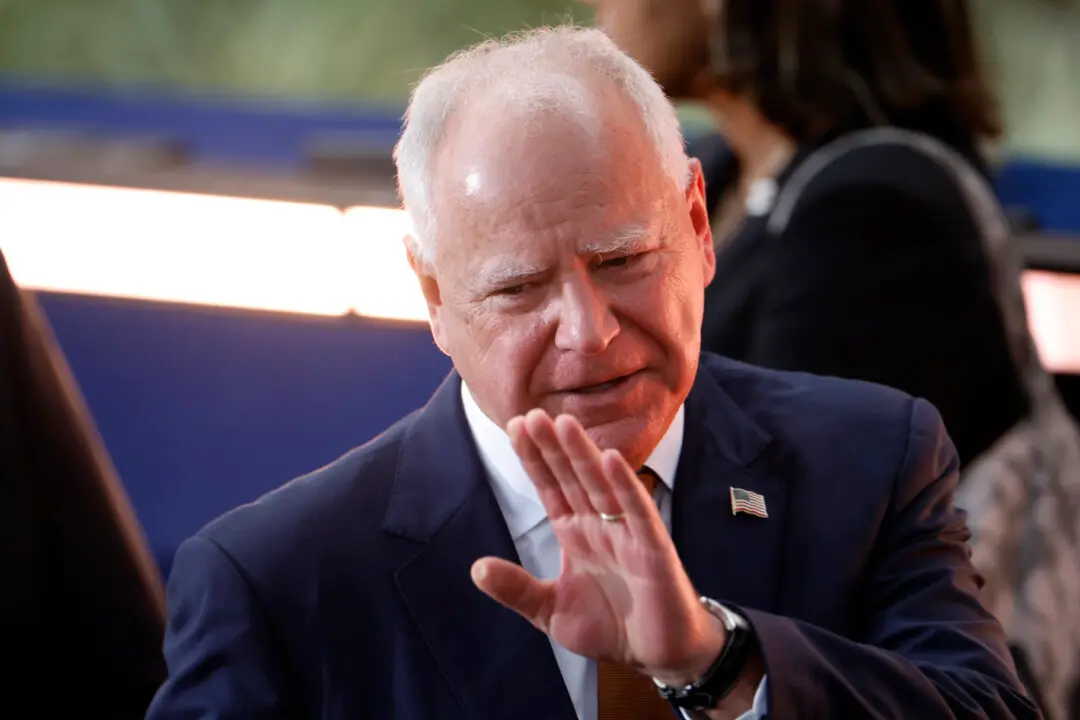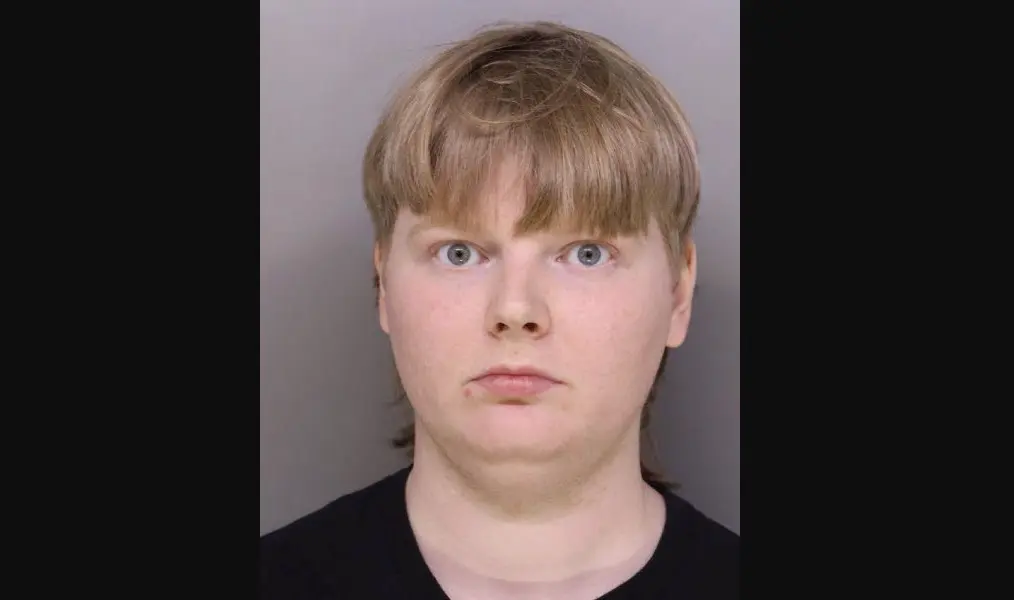NEW YORK—With the second vote in the Uniform Land Use Review Procedure on New York University’s planned 2.4 million-foot expansion in Greenwich Village, Manhattan Borough President Scott Stringer issued a “conditional approval.” However, the publicity preceding and following the announcement belies the fact that the vote remains advisory, as was a previous Community Board 2 vote unanimously against the project.
The citywide expansion plan NYU 2031: NYU in NYC, calls for four new buildings on two superblocks bordered by West 3rd Street, LaGuardia Place, West Houston Street, and Mercer Street.
Stringer’s conditional approval had NYU agreeing to modify the plan though without a binding agreement. The next two votes, first by the City Planning Commission, and then City Council, may more concretely impact the project. In most cases, a commission vote against the plan equals termination. If the plan passes through the commission, the City Council must automatically review some aspects of the plan and can choose to review others.
Should the planning commission vote against the proposal; a three-quarters vote of the council would be able to keep the proposal alive.
The plan, NYU 2031, has been hotly debated, including at a recent debate organized by the Municipal Arts Society. Several persons familiar with the process have told The Epoch Times the plan will likely pass after being scaled down.
Stringer’s conditional approval includes reducing density by about 377,000 square feet down to about 2 million square feet. This will ensure that the university will provide space for a K-8 school, and preserve public land around Washington Square Village by building less underground.
